Surprise G3 geomagnetic storm, low solar activity
Thursday, 8 January 2015 00:11 UTC
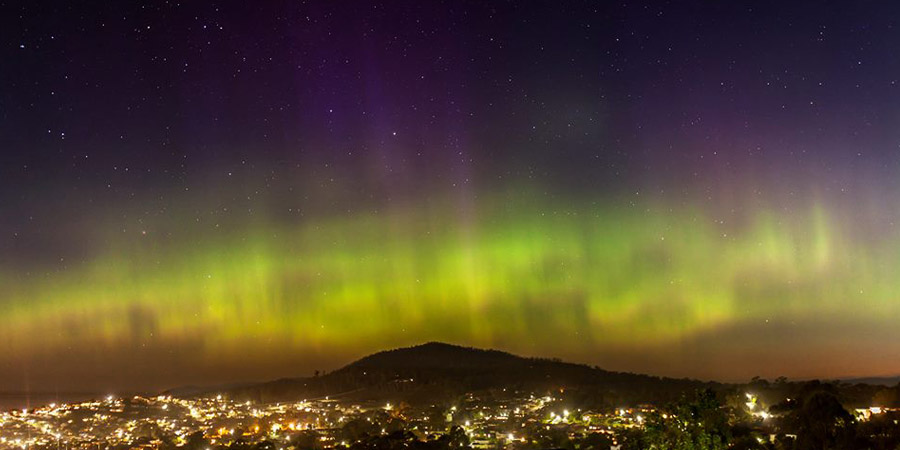
Yesterday we experienced a strong G3 geomagnetic storm (as reported by the NOAA SWPC, Wing-Kp reached Kp7-) with impressive auroral displays over Australia, New Zealand and the upper United States. Our header image comes from Tom Luttrell who managed to capture this shot of the Aurora Australis as seen from Tasmania during sunset! It was not even 100% dark yet! Amazing! Cause of this display which was perfectly timed for sky watchers in Australia and New Zealand was the direction of the IMF that went as low as -21nT during the morning UTC hours of 7 January and stayed that low for several hours. The geomagnetic field responded with several periods where we reached the geomagnetic storm threshold. The direction of the IMF (Bz) turned north around 12 UTC and the geomagnetic storm quickly subsided. Only high latitude sky watchers could still enjoy an occasional auroral display but geomagnetic storming is unlikely.
But where did this surprise solarstorm come from? Well, that is really hard to say. This was an unexpected disturbance which is hard to trace back to any solar eruptions. The NOAA SWPC believes it was a coronal mass ejection passage from a coronal mass ejection that was originally thought to have been a far side event but there were no solar eruptions on the earth-facing disk at the time to support that it was indeed a front-sided coronal mass ejection. It however does look like the most logical explanation as the solar wind stats also do not really suggest this was a coronal hole stream or solar sector boundary crossing, the smooth rotation of the IMF polarity does seem like a coronal mass ejection signature as we have seen this before during a coronal mass ejection passage. One more thing to note is that there was a slight increase in the IMF data around 05:30 UTC which suggests this was indeed likely the passage of a coronal mass ejection but theats solar wind stats did not really increase at that time.
But enough with the tech talk. Here are a couple of auroral images from today's surprise solarstorm. Most of these images were taken from the excellent Aurora Australis Tasmania Facebook page. Be sure to give them a visit as they provide excellent information for southern hemisphere aurora chasers.
Ben Wilson, Tasmania (Australia)
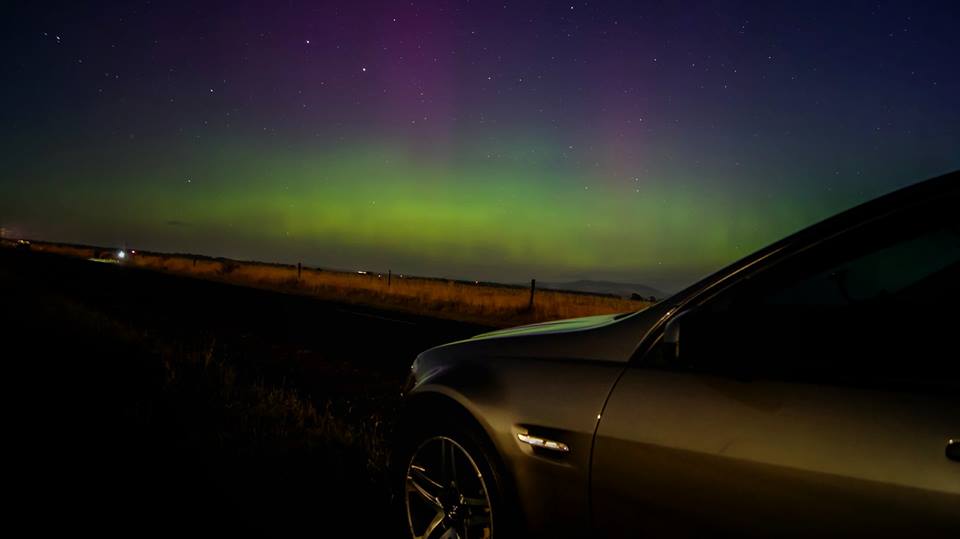
Leena Wizz, Tasmania (Australia)
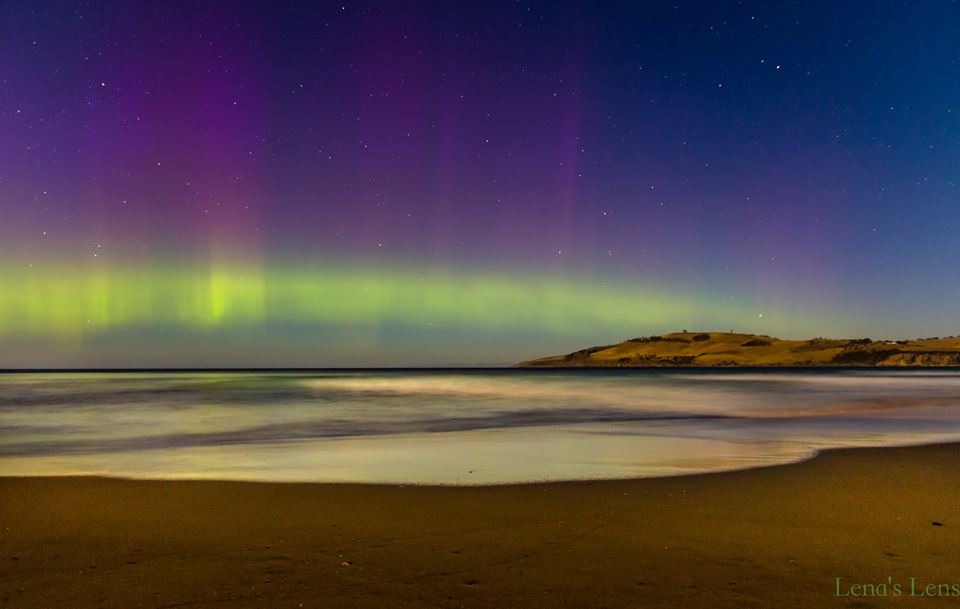
Sohee Kim, Tasmania (Australia)
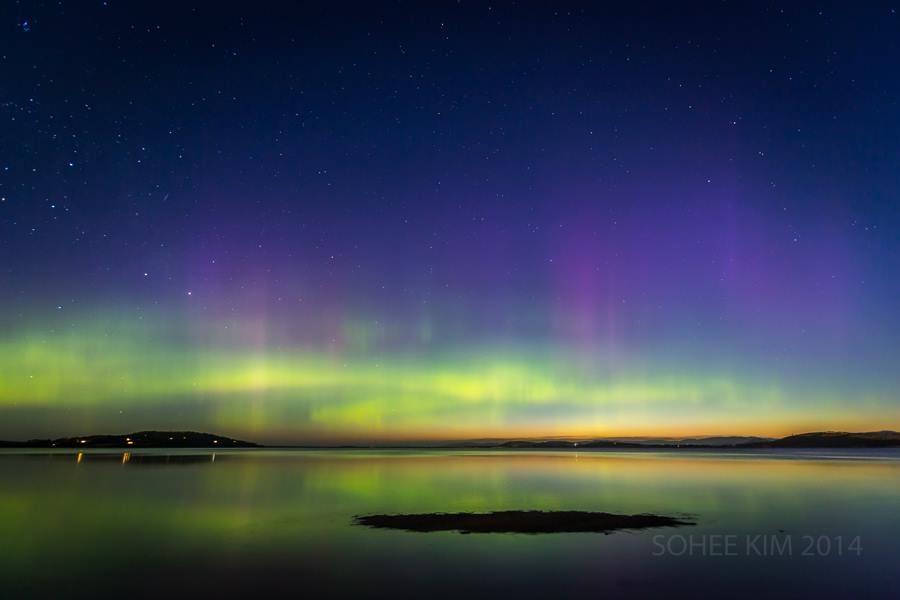
Libby Wilkinson, Tasmania (Australia)
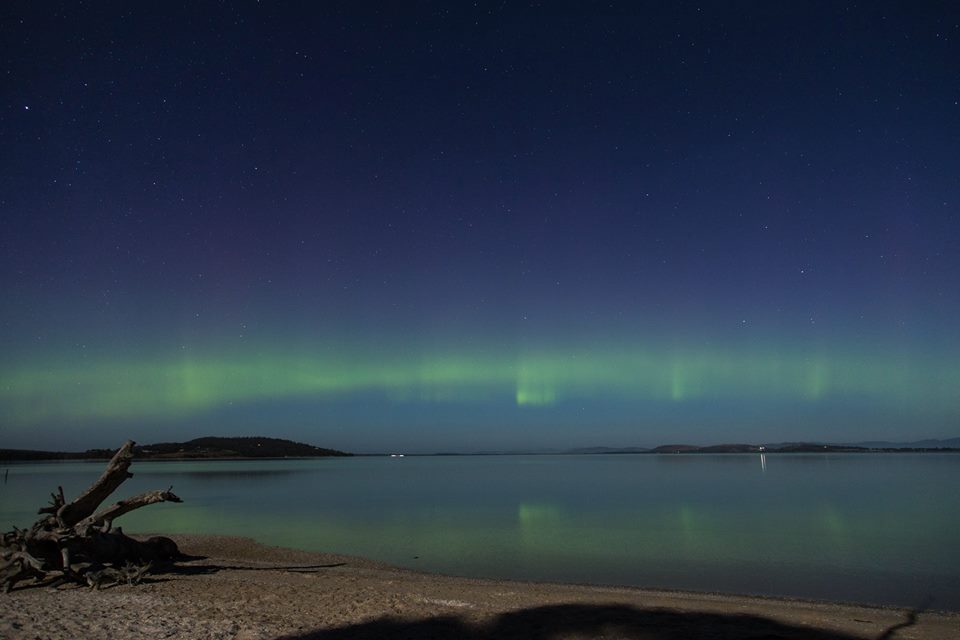
Sally Bennett, Tasmania (Australia)
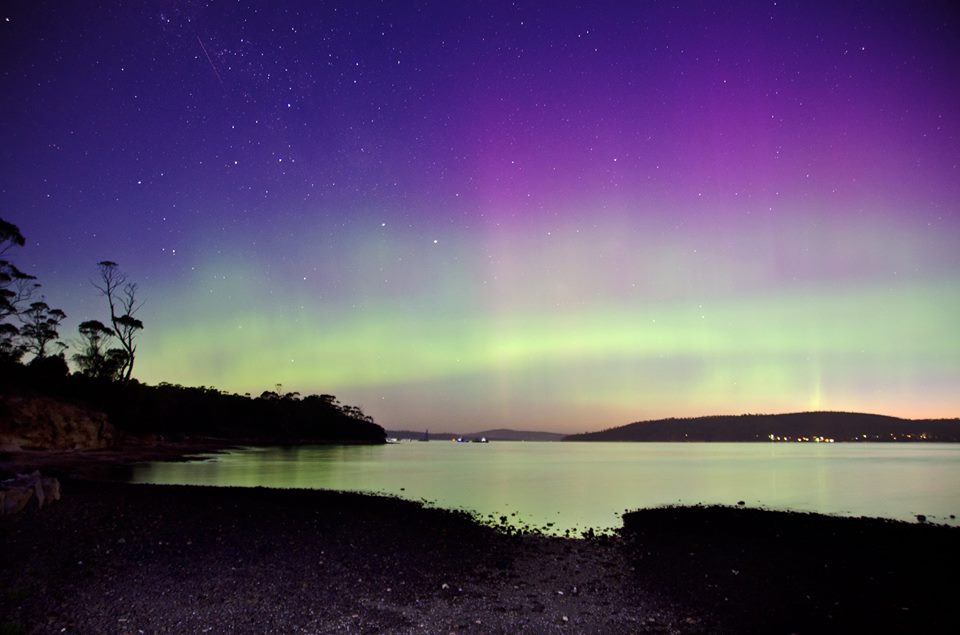
John Elder, Tasmania (Australia)
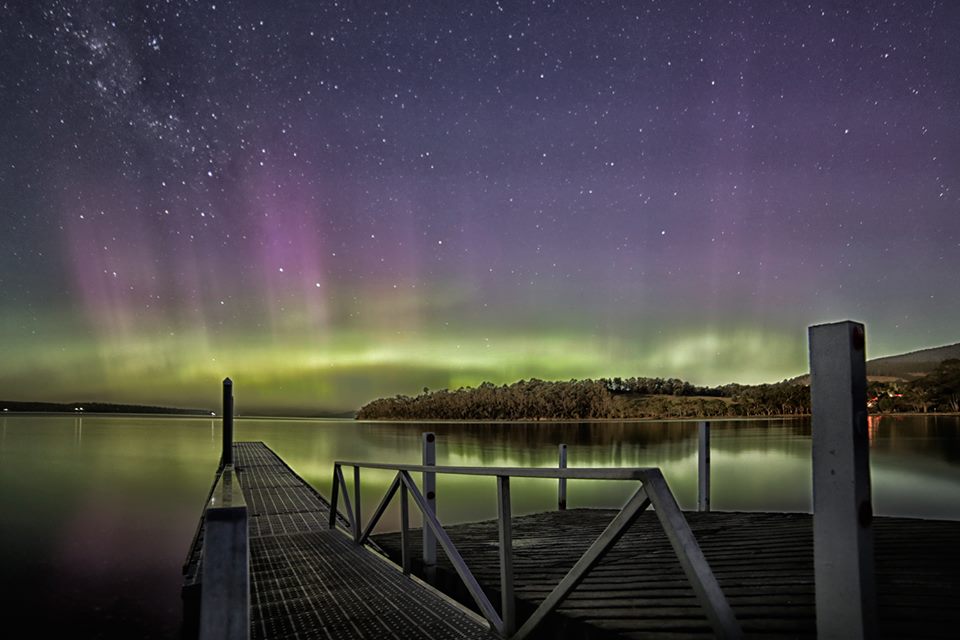
Scott Blackburn, Tasmania (Australia)
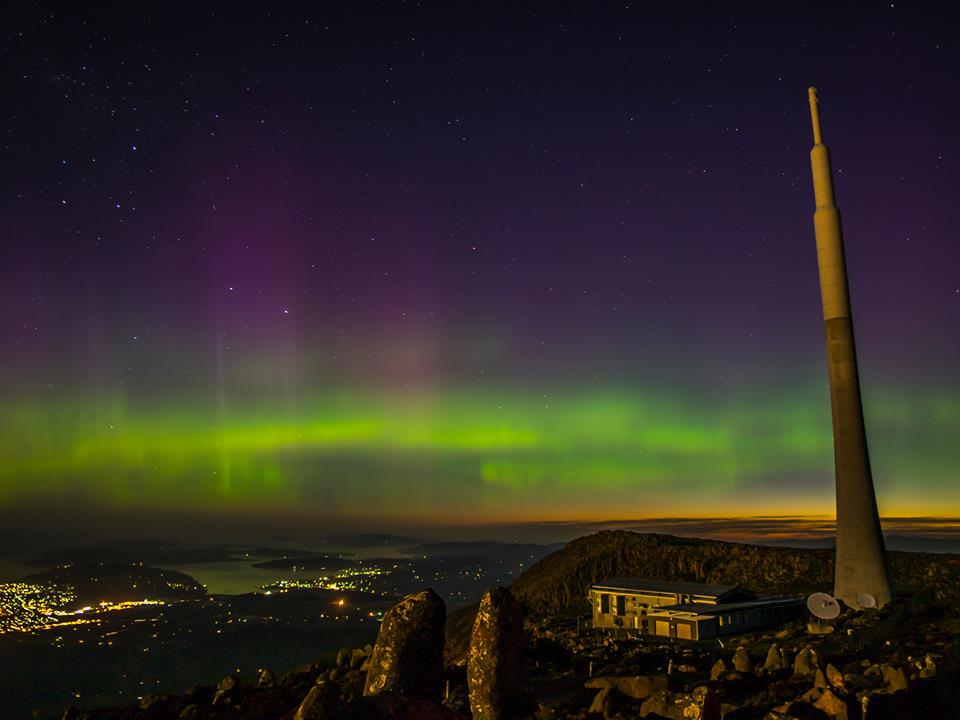
Chris Watson, New Zealand (Lake Henry, Ivon Wilson Park)
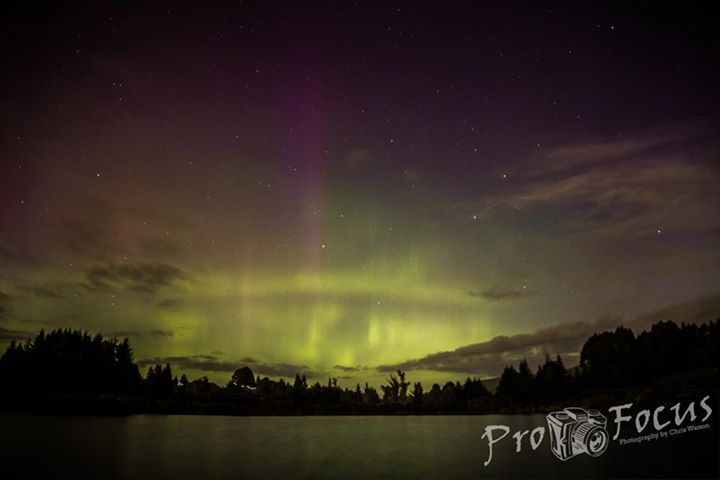
Blackpaw Photography, Tasmania (Australia)
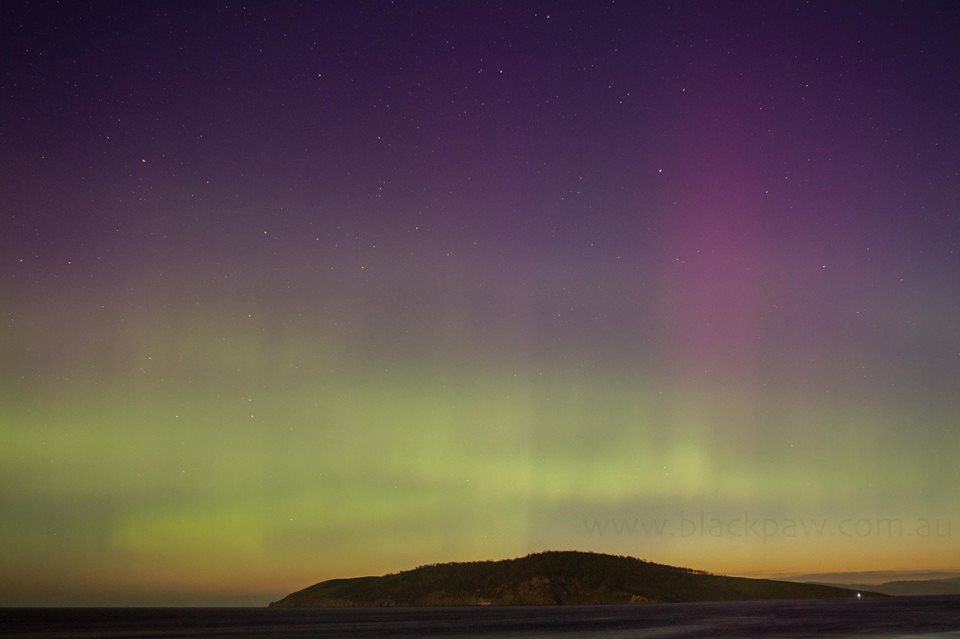
Marshall Lipp, North Dakota (USA)
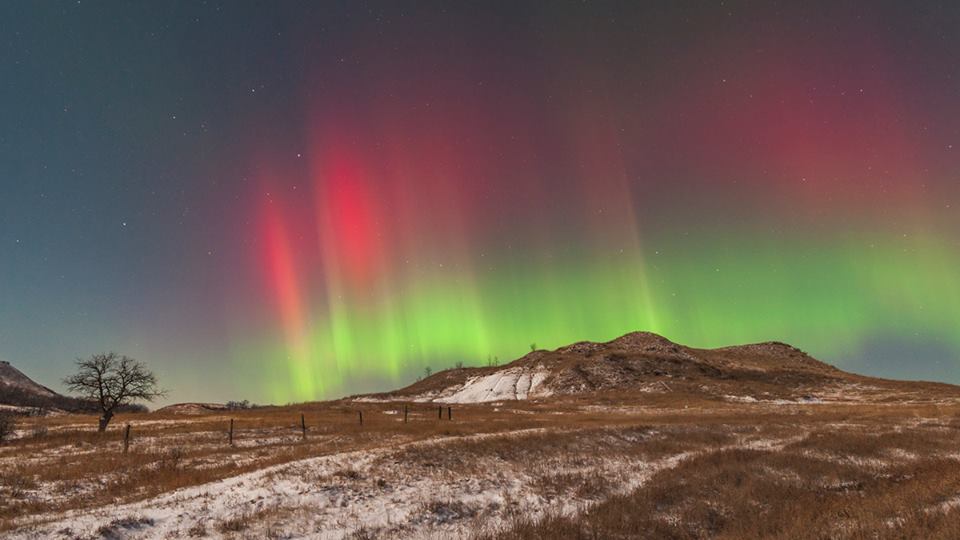
Solar activity
Solar activity is low at the moment with only an occasional C-class solar flare. None of the sunspot regions on the disk right now are likely to produce a strong solar flare and we likely continue to see low solar activity in the days ahead.
If we take a look at the Sun in the 211 Ångström wavelength as seen by SDO we see the Sun's corona and the coronal holes currently on the earth-facing solar disk. There is yet another coronal hole facing earth and it's solar wind will likely arrive at earth in 2 to 3 days bringing yet another round of possible enhanced auroral displays at high latitudes.
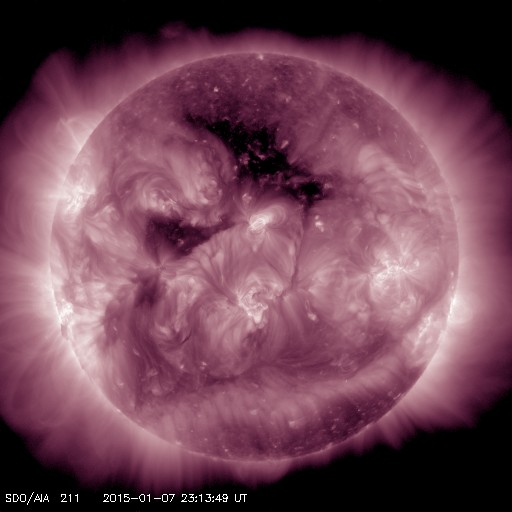
Thank you for reading this article! Did you have any trouble with the technical terms used in this article? Our help section is the place to be where you can find in-depth articles, a FAQ and a list with common abbreviations. Still puzzled? Just post on our forum where we will help you the best we can!
Latest news
Latest forum messages
Support SpaceWeatherLive.com!
A lot of people come to SpaceWeatherLive to follow the Sun's activity or if there is aurora to be seen, but with more traffic comes higher server costs. Consider a donation if you enjoy SpaceWeatherLive so we can keep the website online!

Space weather facts
| Last X-flare | 2024/03/28 | X1.1 |
| Last M-flare | 2024/04/23 | M2.9 |
| Last geomagnetic storm | 2024/04/19 | Kp7 (G3) |
| Spotless days | |
|---|---|
| Last spotless day | 2022/06/08 |
| Monthly mean Sunspot Number | |
|---|---|
| March 2024 | 104.9 -19.8 |
| Last 30 days | 124.7 +19.1 |


